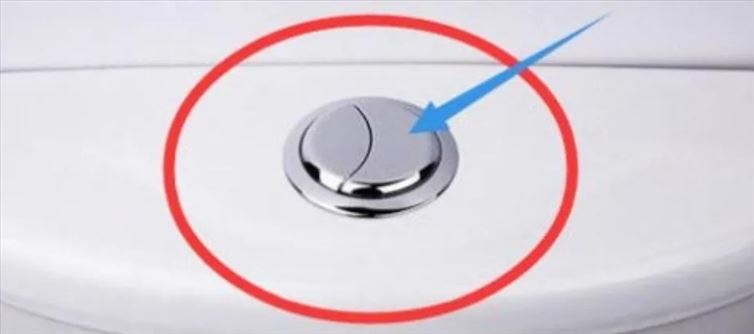
After using the restroom, water is released by pressing the button on the tank. At some time, you must have used a flush. However, have you noticed that the flush tank has two different kinds of buttons? One is big, the other is little. However, why do we have two buttons? Let's investigate.
The dual-flush toilet concept was initially proposed by American designer Victor Papanek. It was first put to the test on a modest basis. Following satisfactory testing, it began to be utilized all over the world.
Principal Cause!
The global water issue has gotten worse. Several steps are being taken to save water. Water conservation was the goal of the dual flush system in Western toilets.
It may surprise you to hear that the bigger button requires 6 to 9 liters of water and is used for solid waste disposal. The smaller button, which uses three to four liters of water, is for liquid waste.
Various Applications for the Two Buttons
You can use Western toilets properly now that you know. If you have only urinated, hit the little button. Use the big button if you have already defecated. Many individuals mistakenly believe that pressing both buttons at once will flush more water. The mechanism may be harmed if both buttons are pressed simultaneously. Make use of them as needed.
When these buttons are used incorrectly, a large amount of water might be wasted. Compared to single-button systems, dual flush systems can save homes up to 20,000 liters of water a year, according to research. For the sake of future generations, we must conserve water. However, we are squandering hundreds of liters of water without realizing it. australia was the first country to employ the dual-button flush mechanism, which was initially introduced in 1976.




 click and follow Indiaherald WhatsApp channel
click and follow Indiaherald WhatsApp channel